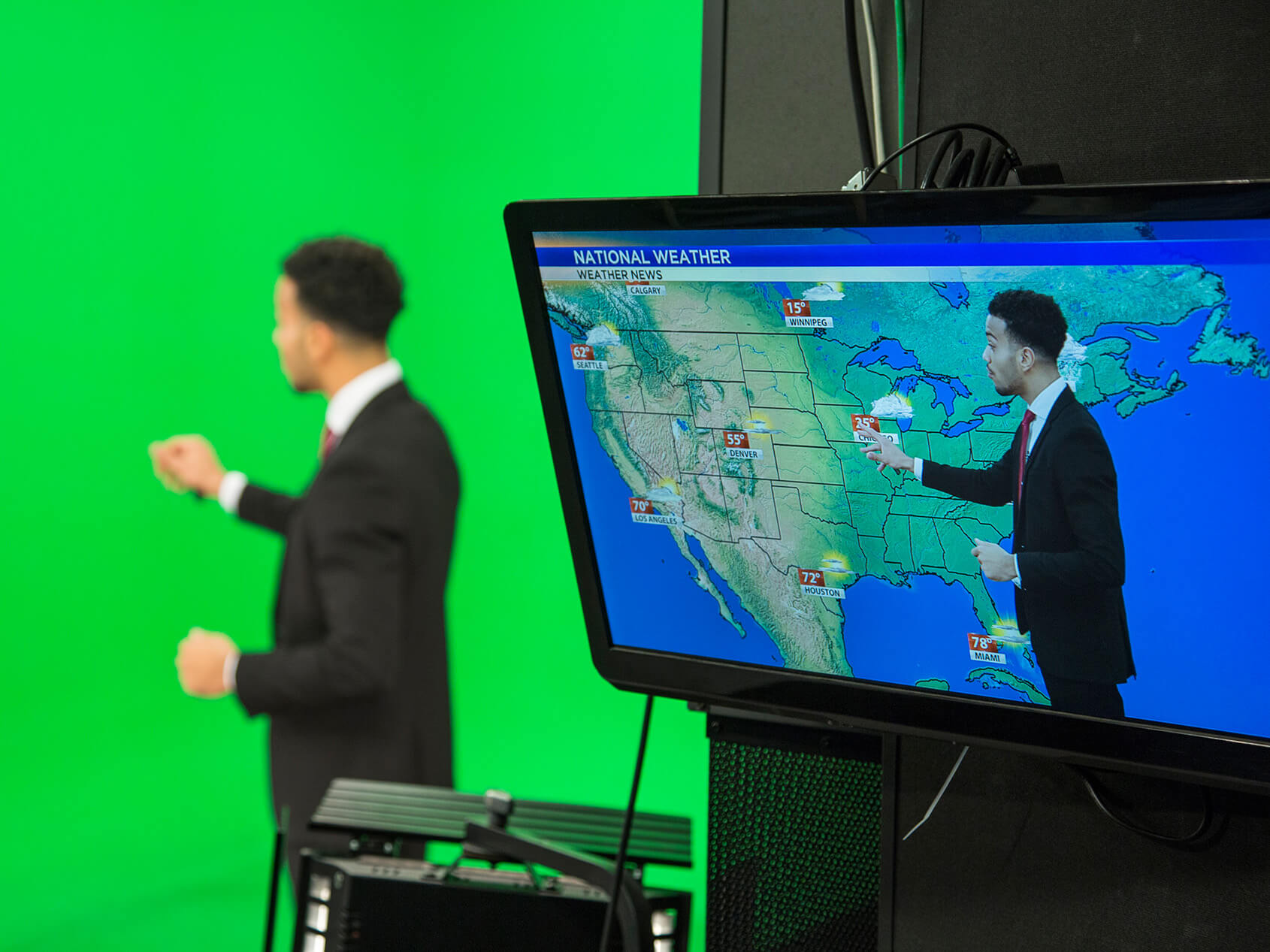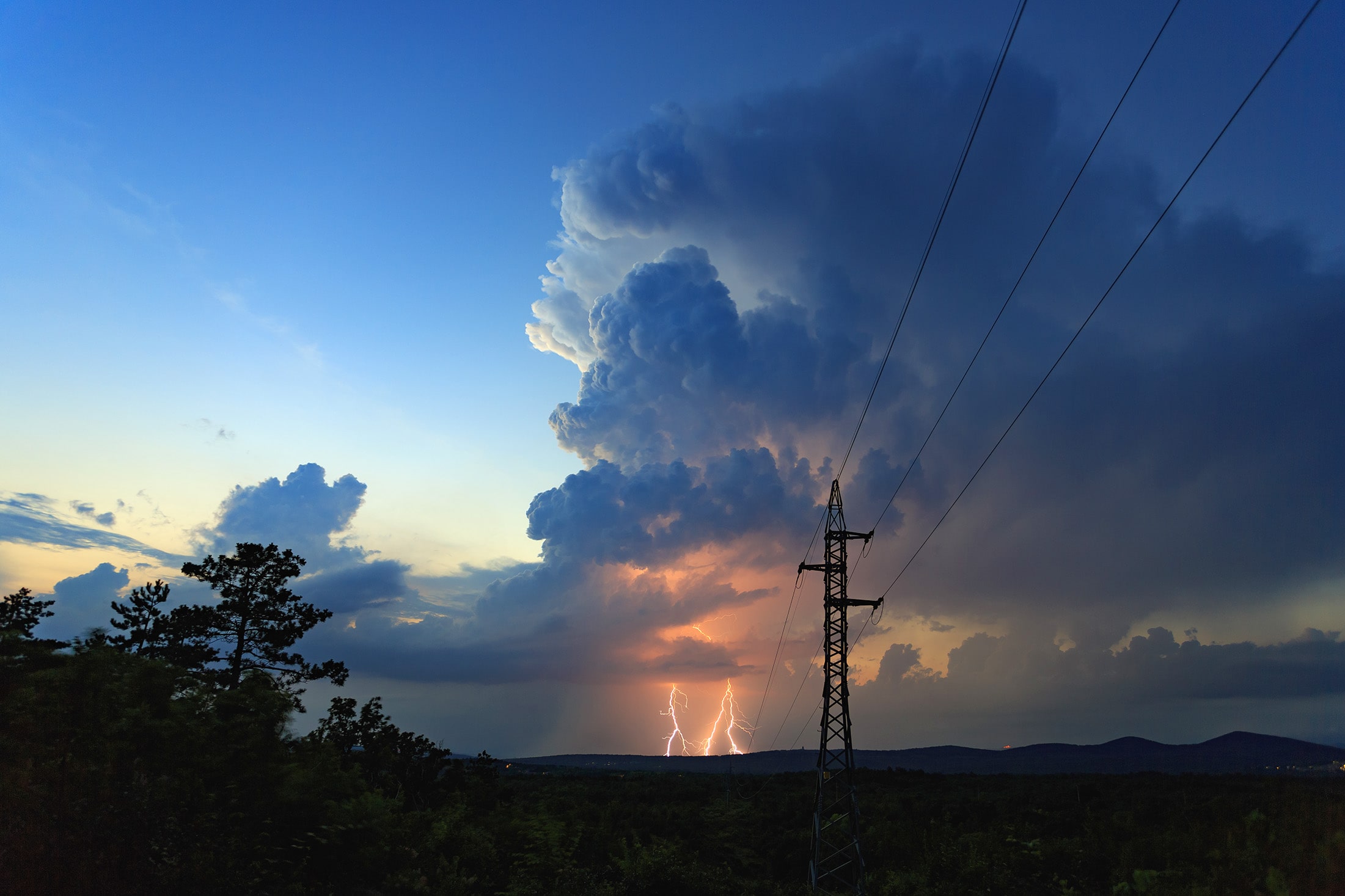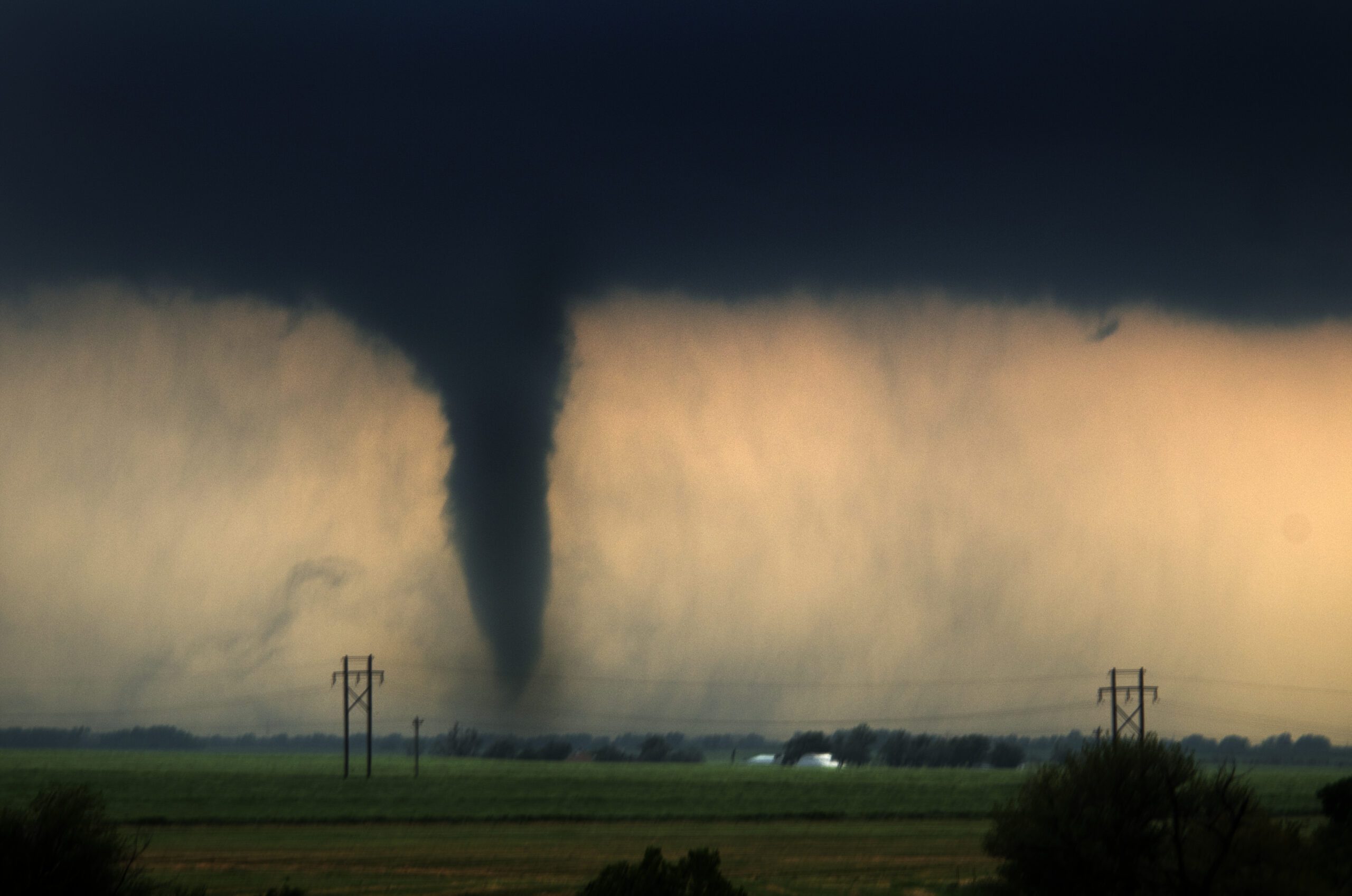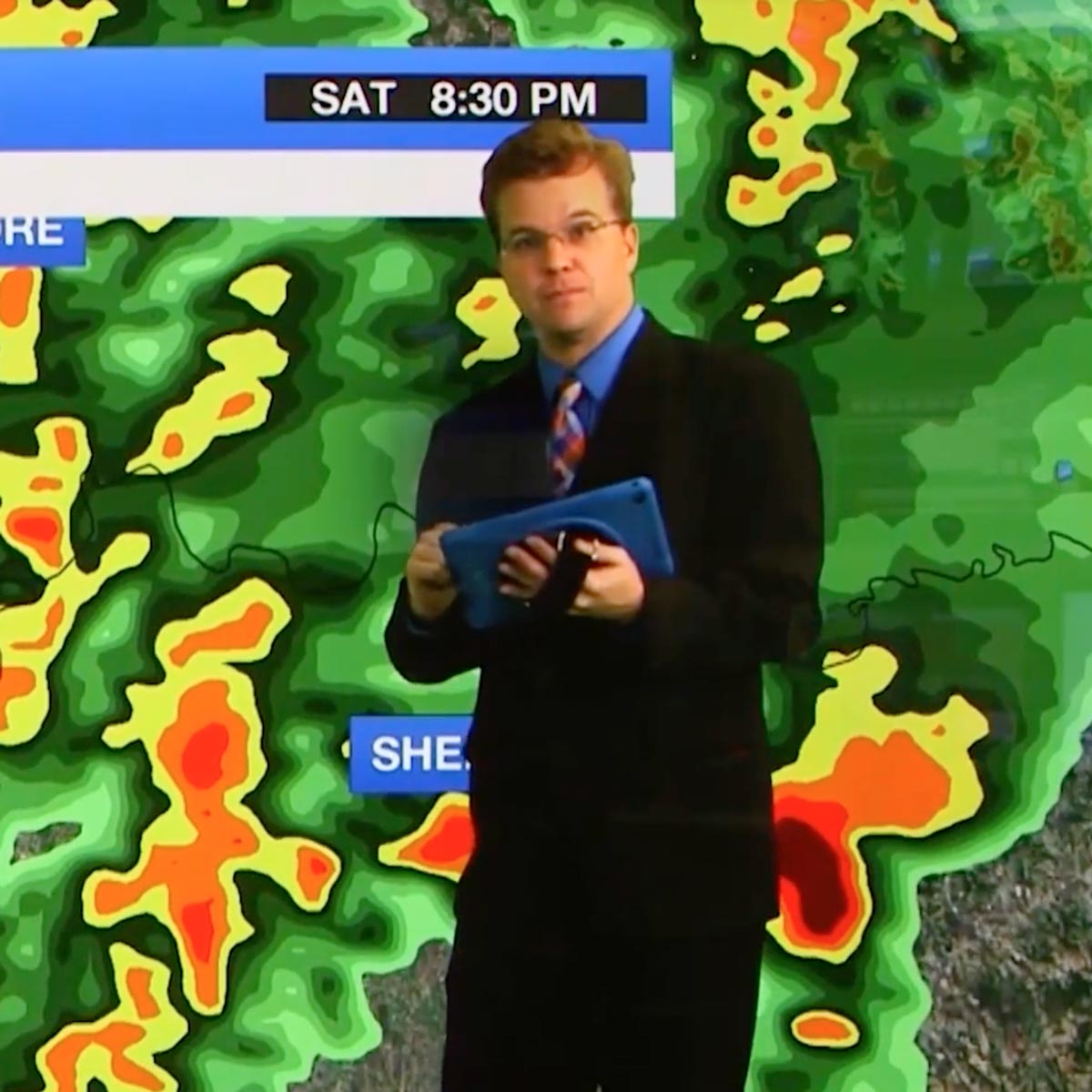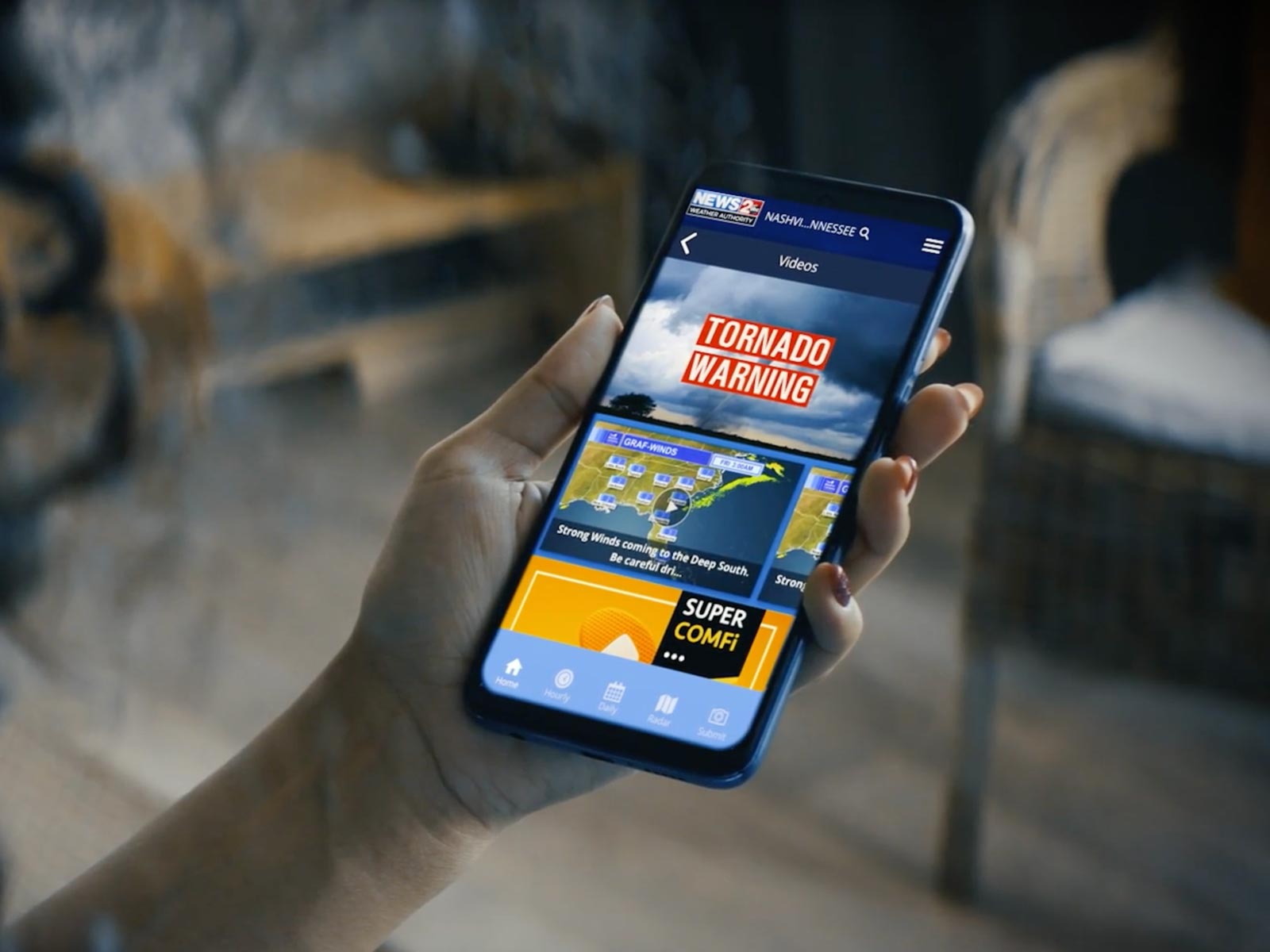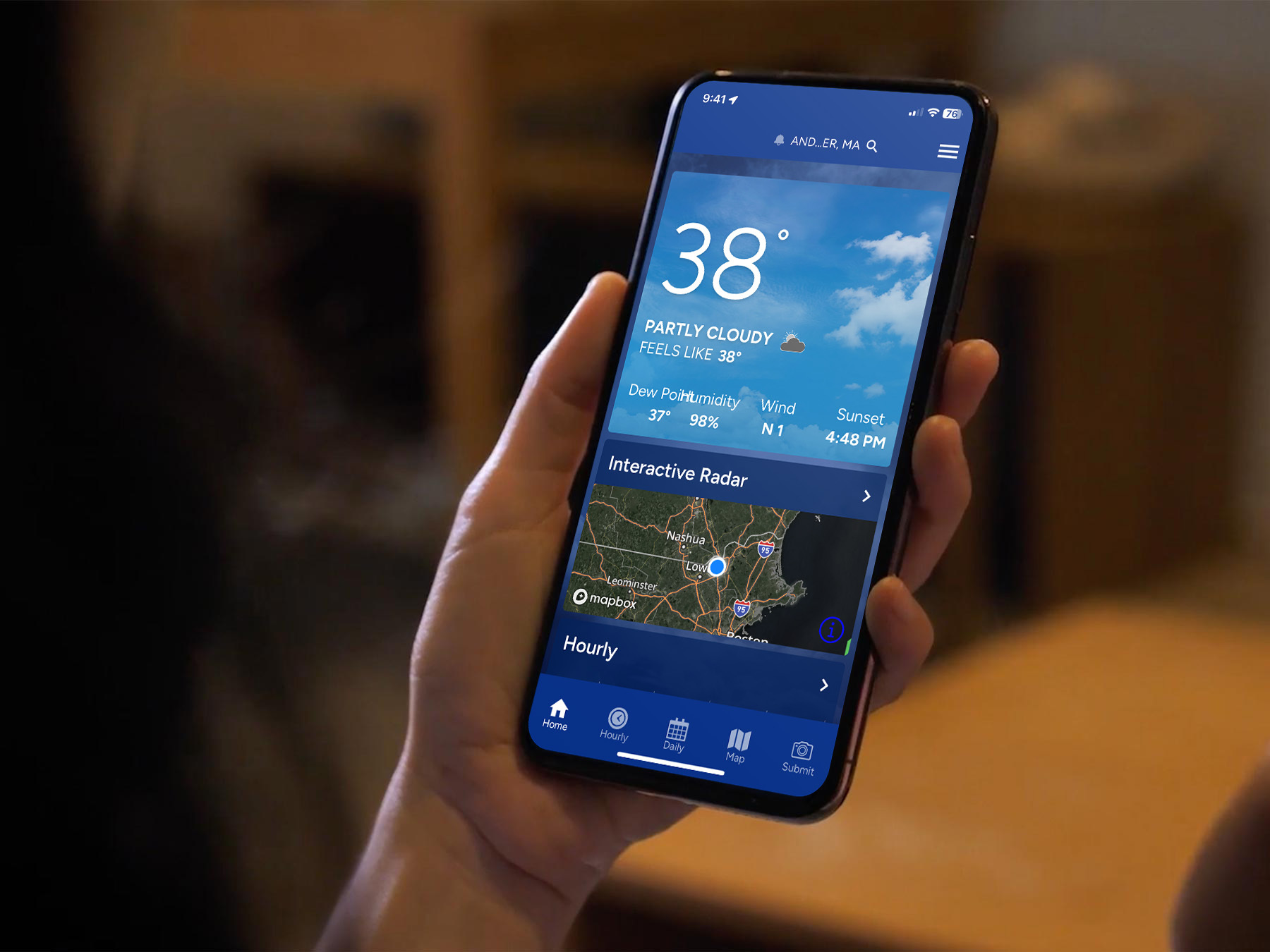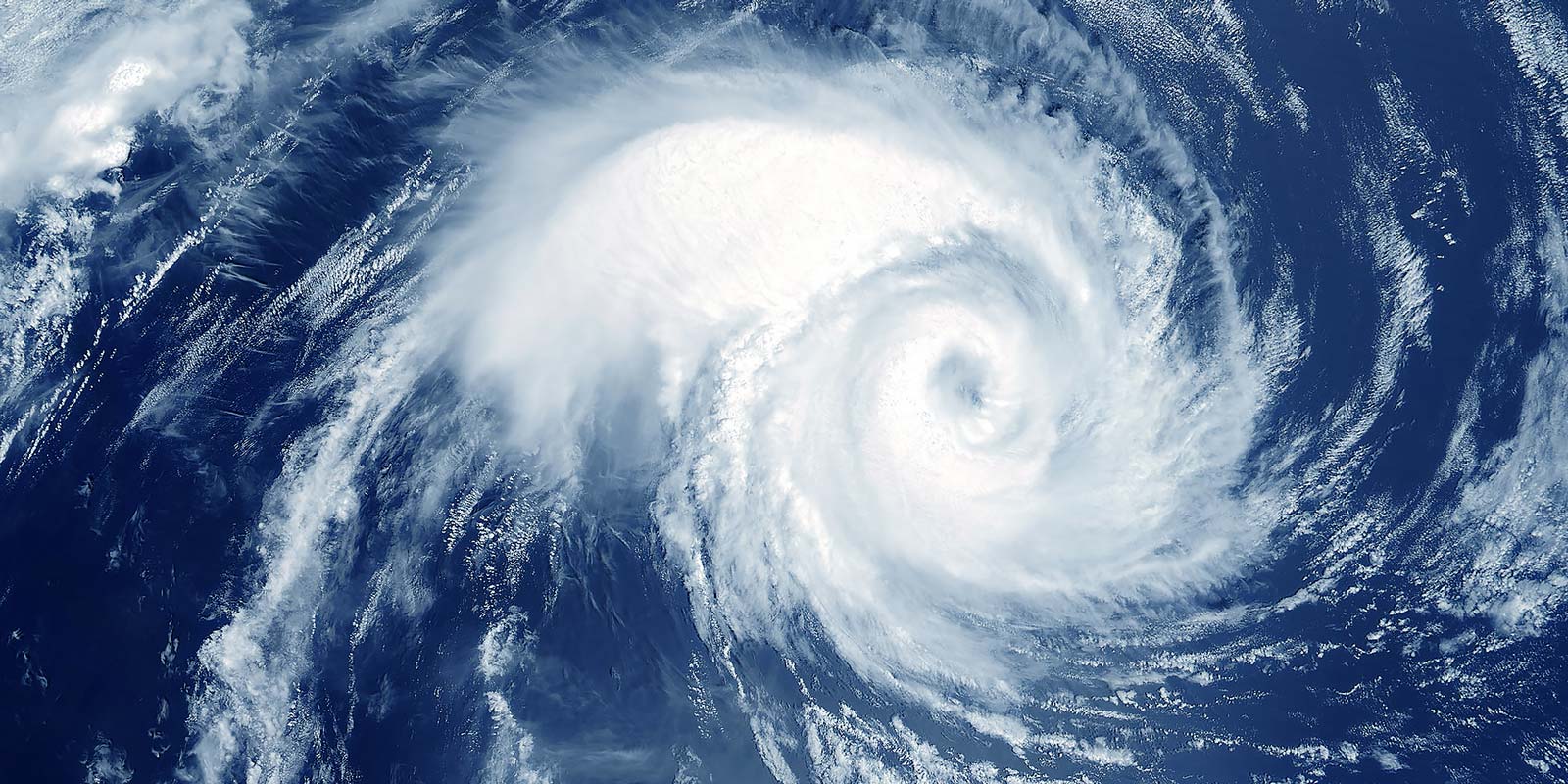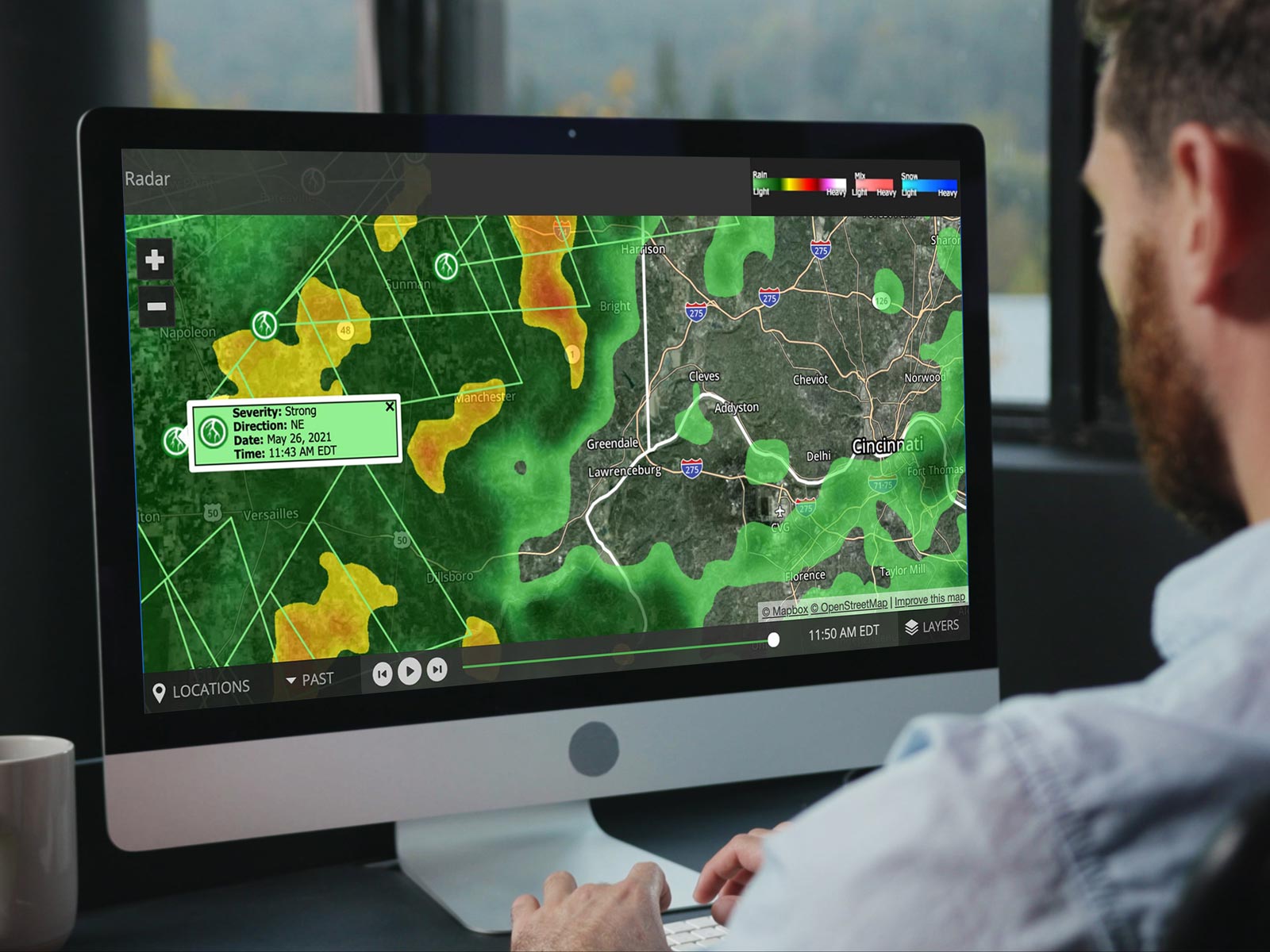AI in weather forecasting, prediction and communication
Continue reading

An attention-grabbing approach to severe weather alerting
Using direct integration with the National Weather Service, Max Alert Live helps you get to air first during severe weather by automatically breaking down watch and warning data with county-by-county radar images and detailed information. Customize priorities, update frequency, set audio notifications, and more to help create the best weather presentations in your market. Place the crawl, warning map, and map text anywhere on screen and brand it with your logo or sponsorship. Also manually send out non-weather alerts if desired.
Weather alerting at life-saving speed
An alerting system leveraging cloud technology and Max workflows so you can be first to-air with live-saving information.
Benefits
Get to air first
Instantly display crucial information when severe weather strikes.
Reach all audiences
Provide information in English and/or Spanish and simulcast on local network or remotely via VPN.
Provide clear and concise information
Leverage flexible data display options and the available text-to-speech engine.
Publish non-weather alerts
Manually send out non-weather alerts and information if desired.
Key features
Remote accessibility with cloud interface
Meteorologists can log in from anywhere with an internet connection to view the current situation, choose trigger conditions, and control the video output.
Engaging graphics that reflect your brand
Match your current on-air look with modern, customizable graphics that dynamically adapt to the changing severe weather and convey the urgency of the emerging threat.
National Weather Service integration
Max Alert Live uses data from the National Weather Service to keep your audience informed with potentially life-saving information.
Greater control over your content and alerts
Severe weather warnings can be set to display automatically or manually depending on the severity level. Output can also be triggered locally when no internet is available.
Product showcase
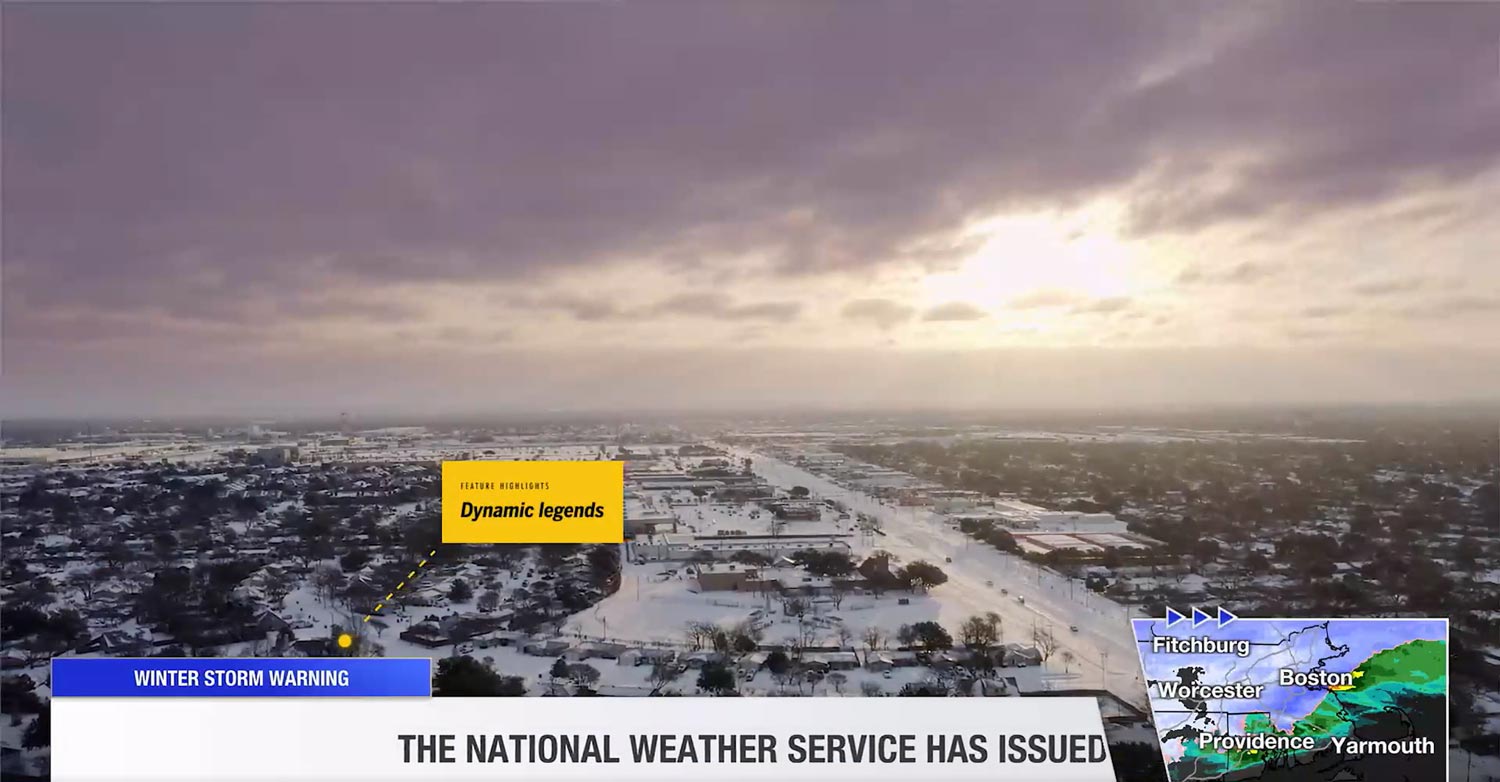
Dynamic legend example
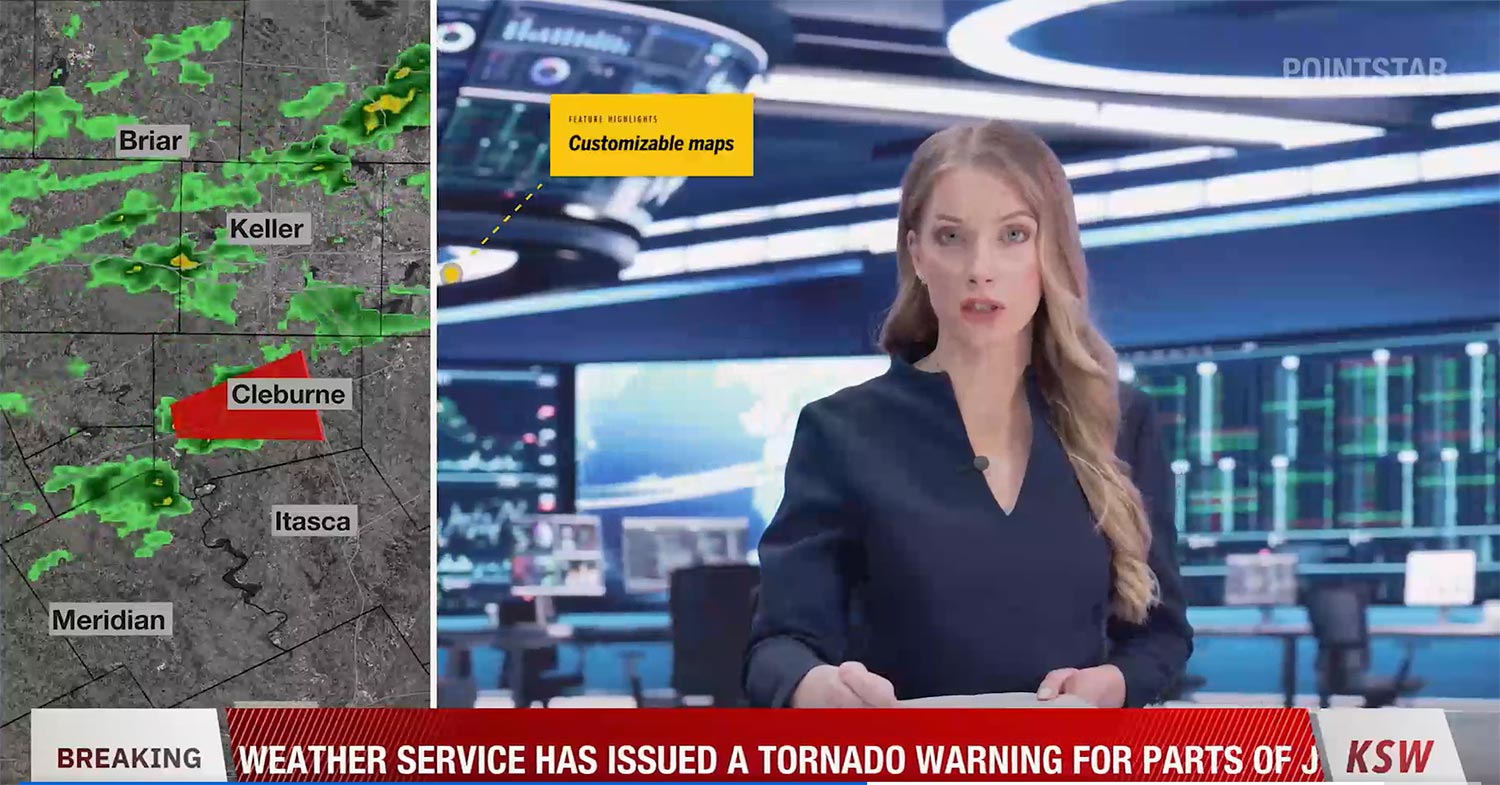
Vertical map layout example
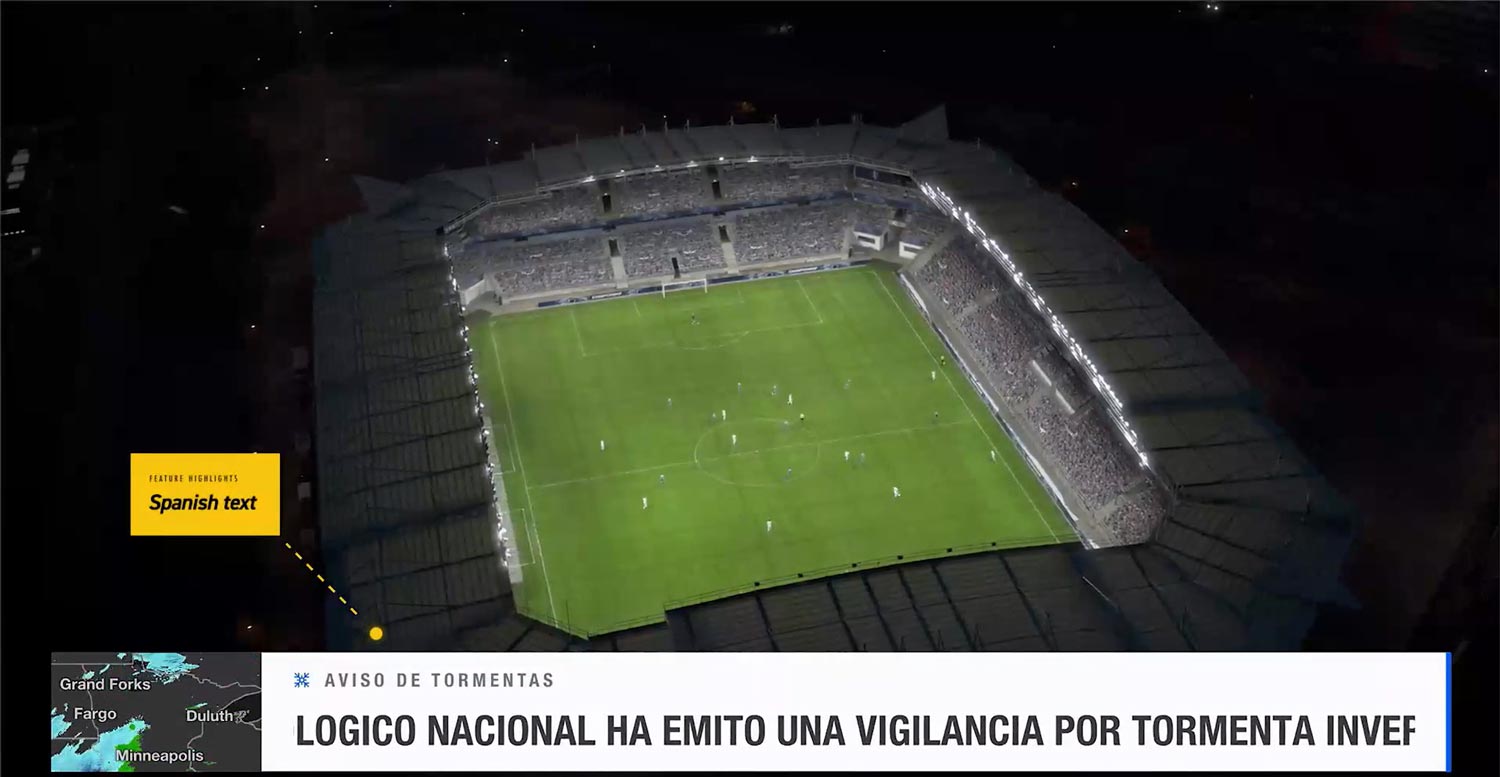
Spanish language support
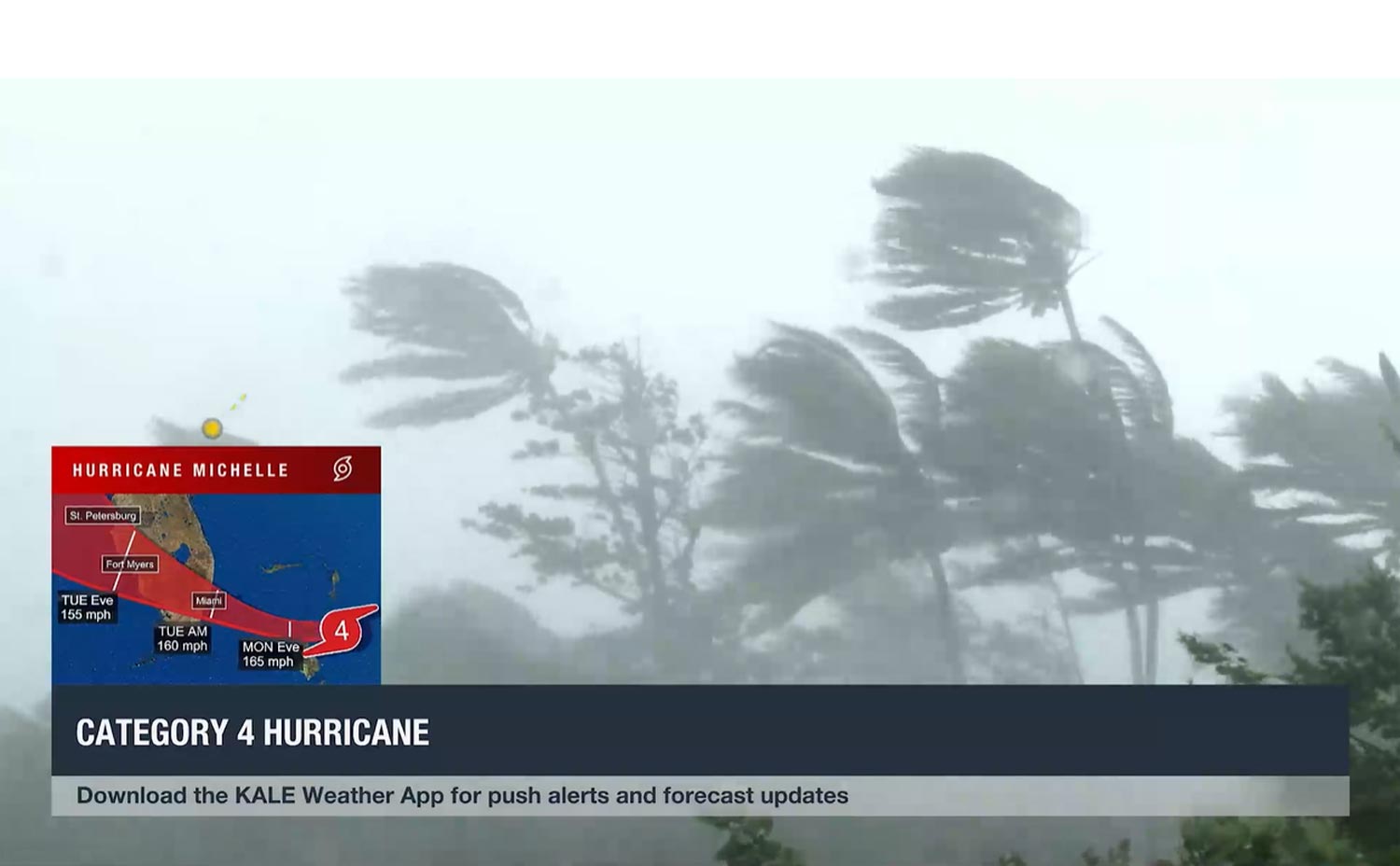
Ability to show hurricane track

Ability to zoom into DMA map
Frequently asked questions
What is Max Alert Live?
Max Alert Live is a broadcast tool that allows stations to send out live, severe or non-severe, weather alerts anywhere and at any time as long as there is an internet connection.
How do I issue a severe weather alert?
Max Alert Live will automatically trigger messages based on user-assigned criteria along the bottom of the screen, in correspondence with severe conditions. Depending on the severity, these warnings can be automated or displayed manually.
Can I use my own graphics for a severe weather alert?
Yes. Live severe weather warnings can be placed anywhere on your presentation and feature the use of preexisting graphics such as brand logos or customizable graphics that adapt to changing weather conditions.
What is the best weather service?
The live severe weather forecasts in Max Alert Live come from the National Weather Service. Additionally, The Weather Company is the world’s most accurate weather forecaster overall.1
Does Max Alert Live use the cloud?
Yes. Max Alert Live’s command and control center is integrated into Max Cloud. This enables your station to send out a live severe weather alert from anywhere at any time, as long as there is an internet connection.
Do I need to learn how to use all Max products to use Max Alert Live?
No. Max Alert Live functions as part of the Max product suite, so there’s only one base Max system to learn.
How do I reach The Weather Company Customer Support team?
For linear TV product questions, call 978.983.6350, email twccustomersupport@weather.com or submit a ticket via The Weather Community.
For digital/mobile product questions, email twcdigitalsupport@weather.com.
Let’s talk
To learn more about how Max Alert Live weather alert software can help deliver alerts at life-saving speed, contact our media experts today.
Contact usRelated resources
Explore more media solutions
View footnote details
1 ForecastWatch, Global and Regional Weather Forecast Accuracy Overview, 2017-2022, commissioned by The Weather Company


